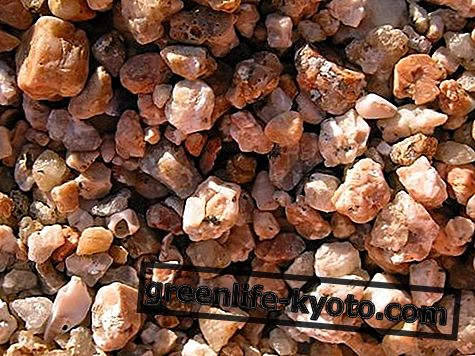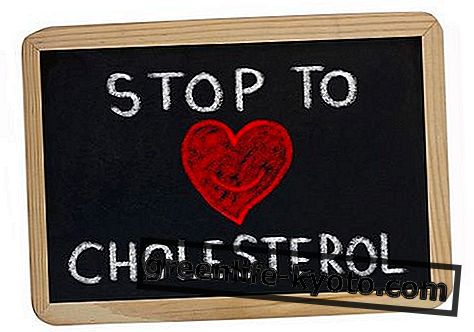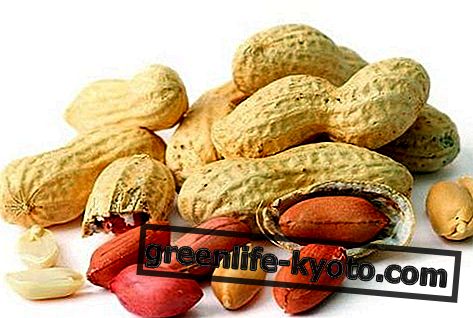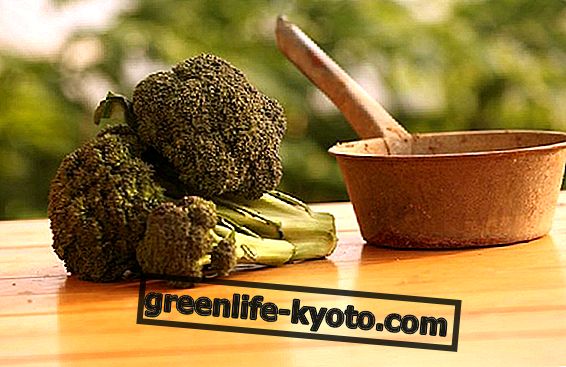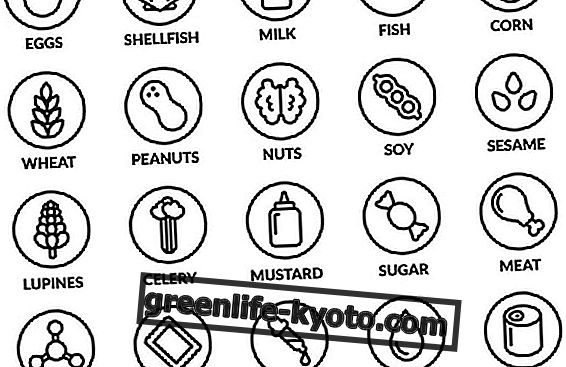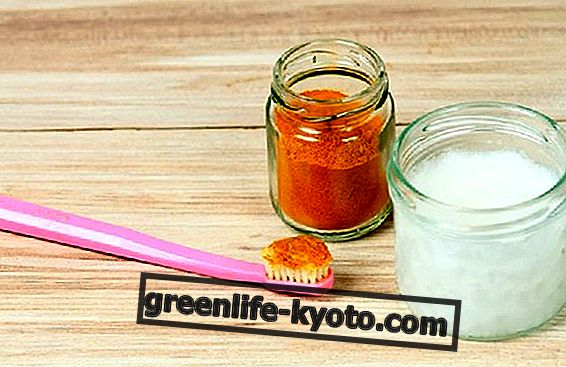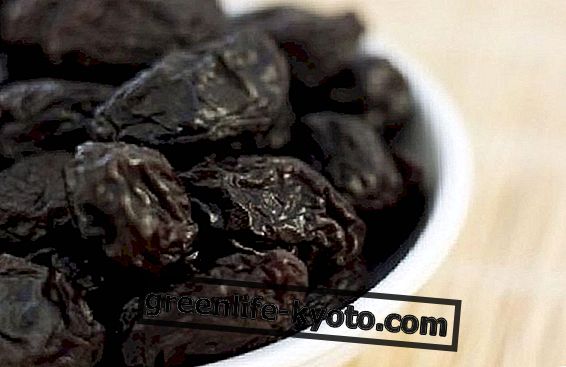
Each of us has a different headache . You can lift yourself out of the bed with the remains of the cervical, which strike from the base of the neck to originate annoying neuralgias; it can also originate from stress and physical fatigue, as well as from strong emotion or allergies .
Sometimes you get headaches due to your eyesight, sometimes because of cold, wind, rain or too much noise.
Many women suffer from headaches just before the menstrual cycle, just as in others the contraceptive pill can cause headaches, or it can still be hereditary and congenital.
But what are the causes?
To each his headache
Even today there are no absolute certainties concerning the causes of this annoying disorder: just think that we have come to code about 150 types of headaches, and it is therefore unthinkable to be able to solve the problem through a single strategy.
However, it is true that there are many different kinds of limes that can cause, in people with a certain predisposition, an attack of headache, while other foods that, included in the daily diet, help to placate it .
We try to understand what they are, it being understood that it is always good to consult the doctor and proceed with the necessary examinations and checks.
Potatoes against headaches: how to use them?
Foods against headaches
Usually, when you have a headache, you don't feel hungry and it is hard to eat normally. This is because the body tends to defend itself to expel toxins, avoiding introducing new ones with food. Here are the substances that can help to calm the attacks:
- Devil's claw and ginkgo biloba. The devil's claw is an effective remedy for headaches that result from tension and pain in the neck, due to the contraction of muscles. The Ginkgo biloba instead, would act on several fronts and effectively against migraine, interrupting the wave of nerve transmission that characterizes the migraine attack.
- Coffee and tea. If the headache results from poor digestion, the substances contained in tea or coffee, or theobromine and theophylline, may come in handy, just do not abuse it, to avoid the opposite effect. Caffeine seems to curb pain because it induces constriction of dilated cerebral blood vessels, but when its levels tend to decrease, the vessels dilate again, causing a headache attack more tremendous than the previous one. For this reason, experts suggest not abusing coffee, but not even suddenly interrupting the ritual of the cup as the abrupt suspension could induce an imposing headache.
- A sugar cube as a remedy. Cephalic plants are soothing plants that heal migraines and headaches of nervous origin; among these are lavender, orange blossom, serpillo, linden, thyme, pulsatilla, lemon and valerian . For example, a quick and effective remedy can be to mix together 10 grams of mint essence and 10 grams of tincture of valerian root, take about 20 drops and place them on a sugar cube to melt in the mouth .
- Dulcamara, rosemary and hypericum, effective even against hangover headaches. Lemon balm and linden are effective in fighting stress headaches. As well as herbal teas made from strawberry or lavender leaves.
- Foods such as ginger and wheat bran, foods rich in omega-3 fats, green leafy vegetables, wheat germ .. The ideal diet for those suffering from headaches, would involve splitting into small light meals, which ensure a good supply of calcium and magnesium, and intake of plenty of water.
Want to learn about other natural remedies to combat headaches?

Foods-fuse of headache
Here is a list of foods that more than others seem to trigger the appearance of headache, because they are endowed with psychoactive and vasoactive substances, such as tyramine, histamine, octopamine, phenylethylamine .
Among these are:
- Seasoned cheeses
- Chocolate
- Fruit: citrus fruits, bananas, avocado, figs, plums, raisins, dates, walnuts
- Vegetables: sauerkraut, tomatoes; to a lesser extent beans, broad beans, peas
- Preserved foods: canned meat, sausages
- Chemical substances. Monosodium glutamate generally present in the nut, in soy sauce, in some snacks and in soup preparations. Aspartame, chemical sweetener, and sulphites, additives present in wines.
- Heavy foods, difficult to digest, fat, frying
- Foods that are too cold, ice cream, yoghurt, cream
- Algae and seafood


